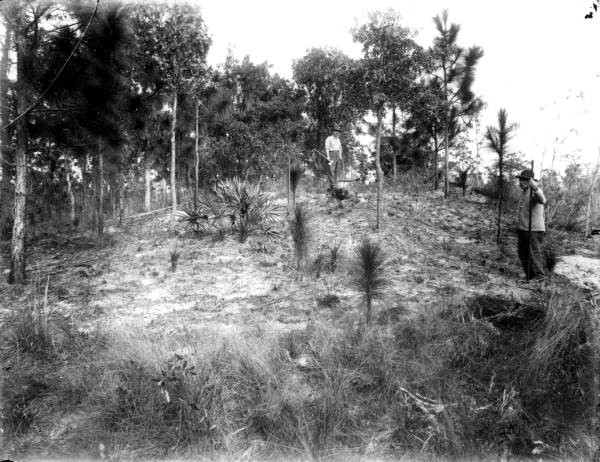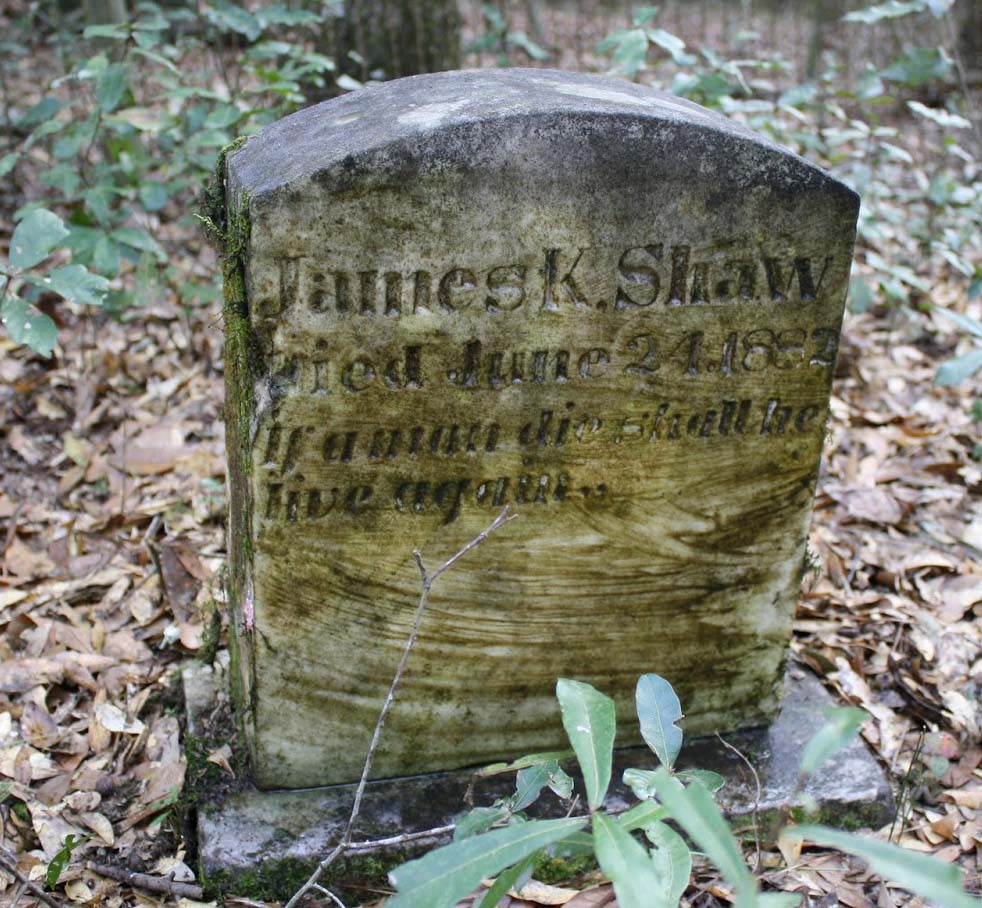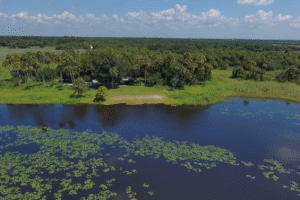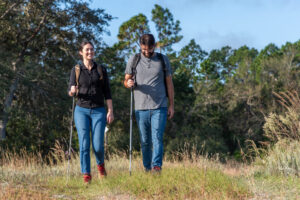District helps protect Florida’s rich history
Florida is often pigeonholed as a place lacking deep-rooted history, a sun-blanched tapestry of tract homes built for frost-bitten northerners, a fantasy land which built its reputation on roadside amusements and theme parks.
In truth, Florida is drenched in a history whose remnants include 14,000-year-old Native American sites and vestiges of early European settlements. Study the Spanish influence along the huddled structures and cobbled alleyways of St. Augustine and you’ll begin to realize that the Sunshine State boasts a rich cultural history dating back millennia.
Dig a little deeper and you’ll find that Florida’s earliest inhabitants lived near waterways like the St. Johns River, where wildlife, shellfish and other aquatic life were abundant. The Florida Division of Historical Resources (DHR) lists more than 1,500 cultural resource sites along the 310-mile-long St. Johns River in its Florida Master Site File. In and along the St. Johns River are prehistoric mounds, missions, plantations and remnants of forts.
To that end, there are roughly 400 significant cultural sites on more than 770,000 acres of land the St. Johns River Water Management District owns or manages as part of its mission to protect water resources. Collectively, the sites tell the story of Florida over thousands of years.
“It may come as a surprise, but we continue to identify archeologically significant sites on District lands,” says Jeremy Olson, District Land Management Program Manager. “During the past decade, we’ve recorded new midden sites (places where domestic waste accumulated), a cemetery and historical structures such as an old well. We keep our eyes open for telltale signs.”
District land managers are stewards of public lands and strive to protect and preserve not only the land’s natural resources but also any known cultural resources, as well…
Perhaps the most significant cultural resources on District lands are mounds or middens containing human remains at the southern end of the District in Indian River County. Also dotting the shoreline of the upper St. Johns River are smaller middens containing little more than sherds of pottery and broken shells — the garbage piles of antiquity.
“Oftentimes, bumps in the landscape are middens that have different meanings,” Olson says. “Not all mounds are burial mounds. Some might have been ceremonial; others, people may have lived on their peaks.”
Several staff members have received Archaeological Resource Management (ARM) training to assist state land managers with management of the state’s irreplaceable archaeological resources, which include pre-European mound sites, villages and camps, colonial settlements, battlefields and submerged sites. ARM training is available to those who manage state lands, including the water management districts, Florida Fish and Wildlife Conservation Commission (FWC), Florida Forest Service, and Florida Park Service staff.
Cultural resource training not only helps District staff recognize potential sites but can potentially prevent the accidental destruction of a site.
“We’re cutting fire lines and building recreational amenities on some of these properties, so we have a heightened awareness,” Olson says. “We’re careful not to disturb or destroy a potentially significant cultural resource in the process. This is why ARM training is so important.”
Ensuring the protection of these sites is a multi-agency effort, adds St. Johns River Water Management District Executive Director Dr. Ann Shortelle.
“Our land managers are stewards of public lands, protecting and preserving both the land’s natural resources as well as its cultural resources,” she says. “We work closely with the Department of State’s Florida Division of Historical Resources to ensure the integrity of cultural resources on District properties.”
Despite the District’s best efforts to protect the sanctity of archeological sites, there’s always the chance that looters could disturb a location or worse yet, steal artifacts. Fortunately, state law exempts agencies from public records laws regarding cultural resources. In other words, the District is exempt from sharing detailed or location information about cultural sites.
DHR grants permission to conduct archaeological investigations on state-owned lands. Digging for artifacts on state lands without a DHR permit is a third-degree felony. The District works with law enforcement agencies, most notably FWC, to monitor and protect sites. District land managers also collaborate with expert archaeologists from the Florida Public Archaeology Network (FPAN) to identify and monitor cultural resources.
“For obvious reasons, we don’t advertise our strategy for protecting these sites from looters.” says Olson. “This is serious business. If, for example, you dig holes into a pre-historic site, you destroy the vertical integrity of the mound. Archaeologists can learn the most from undisturbed sites, and once damaged they lose significant scientific value. We take great pride in protecting these long-cherished locations and the stories they hold.”







